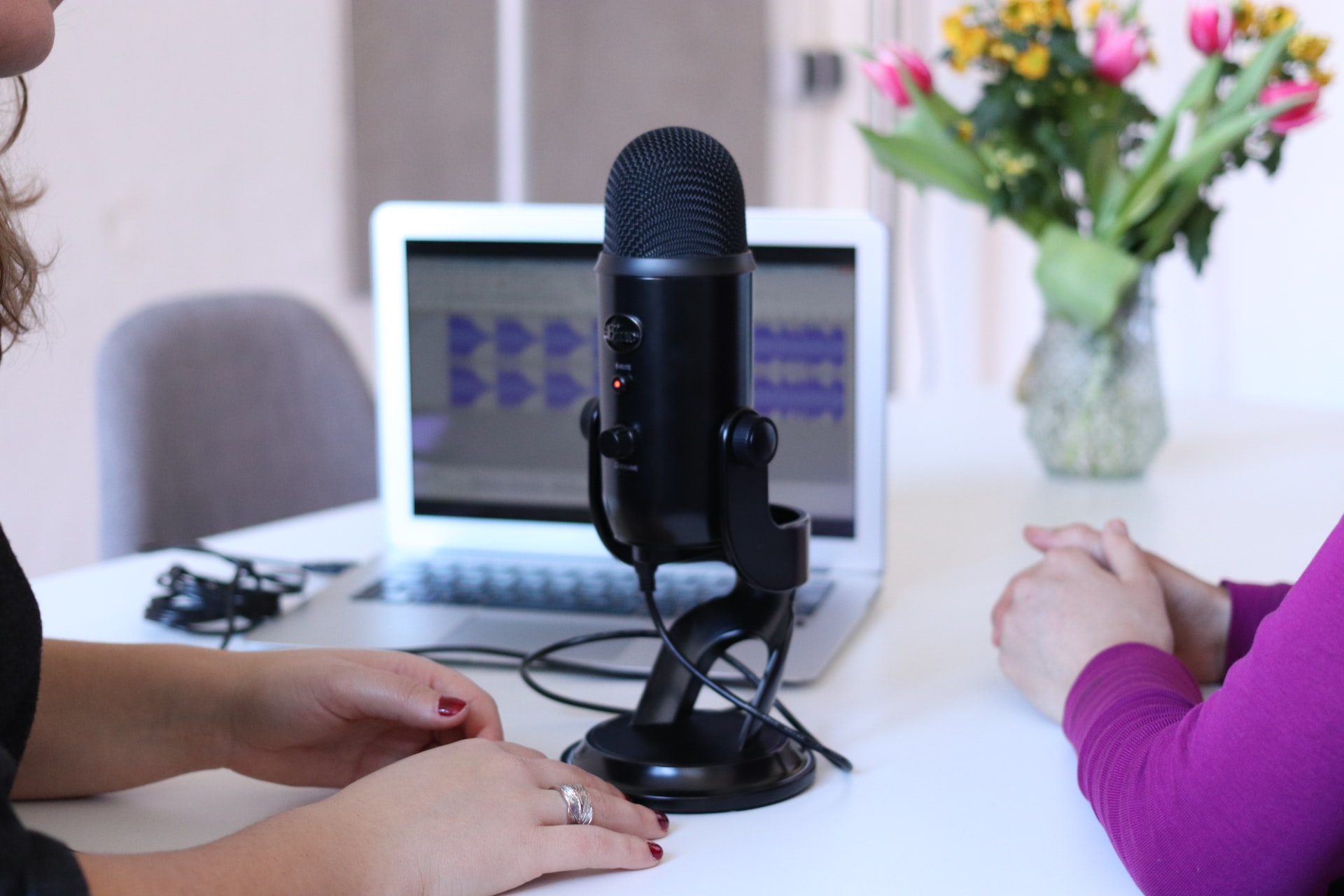Sound Great from Home: Three Things to Consider
Where, when and how we work has changed. But have our requirements for spaces where we learn, focus and collaborate changed? Offices, meeting rooms and classrooms should allow us to focus. But our kitchens and spare bedrooms might not...

Where, when and how we work has changed.
But have our requirements for spaces where we learn, focus and collaborate changed?
Offices, meeting rooms and classrooms should allow us to focus. But our kitchens and spare bedrooms might not have been designed with this in mind. Keeping three simple factors, reverb, noise and awareness, in mind, you can improve the sound of your home workspace.
In physical meetings, all participants are part of the same acoustic environment. If the room is too noisy, you find a different one. If the traffic outside disturbs you, you close the window. In video meetings, however, every participant is responsible for their own sound. Poor audio quality shatters the shared experience and isolates participants from the discussion.
Why Is Sound Quality Important for Video Conferencing?
Video complements audio. It adds the visual dimension – body language and facial expression. It allows us to show ourselves. It’s also one of the few reasons to have a shower and get dressed when working from home. But none of this replaces or lessens the importance of good audio. Now imagine how good you would sound if only you put half as much thought into your audio quality as you put into your appearance. And once you’ve improved the acoustics of your workspace, you enjoy enduring benefits. Good sound doesn’t go out of fashion.
Just as your attire makes an impression, clear audio makes you come across professional and prepared.
Top Tips for Improving Sound Quality
Now let’s break this down into three chunks so you always sound crystal clear and your message reaches the others.
1. Reverb
Reverberant sound makes your voice sound distant and reminds others that you are not in the same room. When someone is close to you, their voice sounds drier, meaning there is less reverb. You can mitigate the effects of reverb by being closer to the microphone. This will also make you sound closer to your meeting partners.
Now let’s look at the room. In general, you want soft, porous objects that can absorb sound. In a home, this can be a sofa, a thick rug, or sound absorbers on the walls. Here, you’ve got an advantage starting in a bedroom where the bed occupies a large part of the floor area. Bookshelves, the deeper the better, can absorb and scatter sound. They also allow you to show off your high-brow reading list. If your bookshelf is open-backed, you could line the back of it with some thick felt to absorb reflections from the wall behind it. For bare walls, get some custom prints on acoustic panels. You can start with one you can use for pinning notes above your desk.
2. Noise
Be aware of noise sources and keep them away from the microphone. If you hear it, the microphone picks it up. It could get past noise removal and annoy others on their end.
We’ve got AI background noise removal, but that doesn’t silence the noise in the room. Do yourself the favour of creating a noise-free working environment. By improving your acoustic surroundings, you help yourself and others stay focused on what you have to say.
3. Awareness and the Microphone Test
You can easily spot an acoustician or audio engineer. They will start clapping to hear echoes or humming low notes to excite room modes when entering a space. Now, we don’t quite expect you to go there. But being aware of how your surroundings change the sound of your voice and how they might sabotage conversation is useful for effective communication. Think of your workspace as somewhere you’d bring someone for an important talk. How should that space sound to satisfy those requirements?
The device you’re using is also an important link in the chain. Use our Microphone Test feature to hear what you sound like to others. Think of this feature as a mirror for your voice. How do you sound and what can you do to improve it? Use this to optimize your microphone position and let it help you become aware of the traffic noise or the hum of your neighbour’s lawn mower you’ve become used to.
Check out the video to hear for yourself to help you sound your best and get the most out of our technology.

 KickT
KickT 































